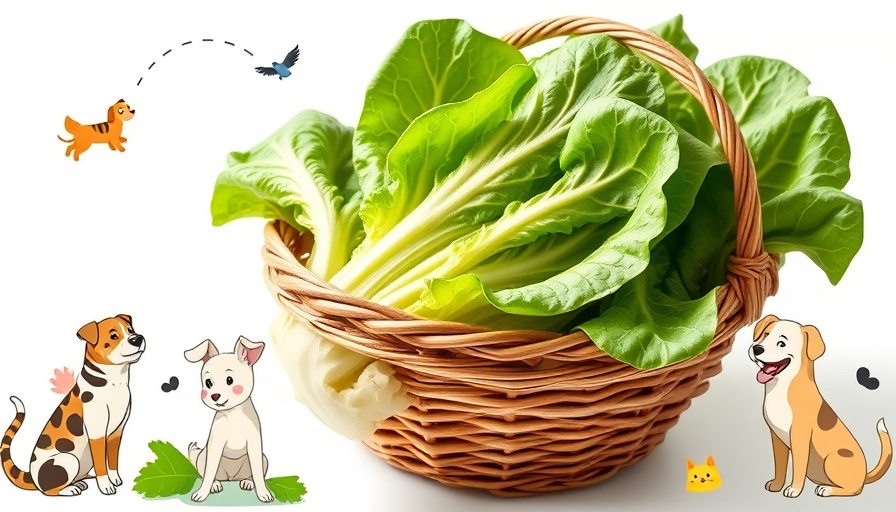
Understanding Toxoplasmosis: A Guide for Cat Owners
Toxoplasmosis is a common yet often misunderstood infection associated with the parasite Toxoplasma gondii. If you’re a cat owner or planning to adopt, it’s essential to understand this ailment to ensure both your feline companion and your family stay healthy and safe. The good news? With a few simple precautions, you can manage the risks effectively.
What is Toxoplasma Gondii?
Toxoplasma gondii is a single-celled protozoan parasite that can infect almost all warm-blooded animals, but its unique reproductive cycle is exclusively completed in cats. As the definitive host, cats shed T. gondii oocysts in their feces, which becomes a significant factor in the transmission of this infection.
In the United States, it is estimated that around 60 million people are infected with T. gondii, though most do not show symptoms. As a result, the CDC considers it one of the five neglected parasitic infections, emphasizing the importance of awareness and preventive measures.
How Do Cats Catch Toxoplasmosis?
Cats primarily contract T. gondii by eating infected rodents, birds, or other small animals. When these intermediate hosts are ingested, they introduce the parasite into the cat’s system. However, the risk of infection can diminish through careful dietary and environmental precautions.
How Can You Protect Your Family and Pets?
It’s essential to practice safe hygiene habits around your cat to reduce the risk of infection:
- Daily Litter Box Cleaning: Ensure you clean your cat's litter box daily. This minimizes the time oocysts have to become infectious.
- Cook Meat Thoroughly: Cooking meat to the appropriate temperature kills T. gondii, reducing the risk of transmission through improper food handling.
- Wash Fruits and Vegetables: It’s crucial to wash raw produce thoroughly to eliminate any potential contamination that could contribute to transmission.
These straightforward practices can significantly decrease the likelihood of anyone in your household contracting toxoplasmosis.
Myths and Misconceptions About Toxoplasmosis
Many misconceptions surround toxoplasmosis, often leading to unnecessary fear, especially among pregnant women and immunocompromised individuals. Contrary to belief, the risk of contracting the parasite from a cat is notably lower than from undercooked meat or dirty produce. Awareness is key, and having a cat doesn’t need to be a source of anxiety.
Community Connections: Supporting Each Other Through Education
As a community, sharing knowledge about pet health can bring enriched understanding to all. Engaging with local veterinarians or community pet health workshops can provide vital information on preventing zoonotic diseases like toxoplasmosis, fostering a safe environment for both pets and humans.
Future Insights: Vigilance in Pet Health
With the rise of pet ownership, understanding zoonotic diseases like toxoplasmosis becomes even more critical. Taking proactive steps not only protects your health but also protects the welfare of other pets and humans in the community. As we increase awareness, we strengthen our community bonds.
In conclusion, understanding toxoplasmosis and its transmission from cats can significantly help in dispelling fears and promoting safe pet ownership practices. By implementing straightforward hygiene practices, you can allow your family to enjoy the companionship of your feline friends without risk. Keep the lines of information open within your community about pet health, as it leads to safer and healthier homes for all.
 Add Row
Add Row  Add
Add 




Write A Comment